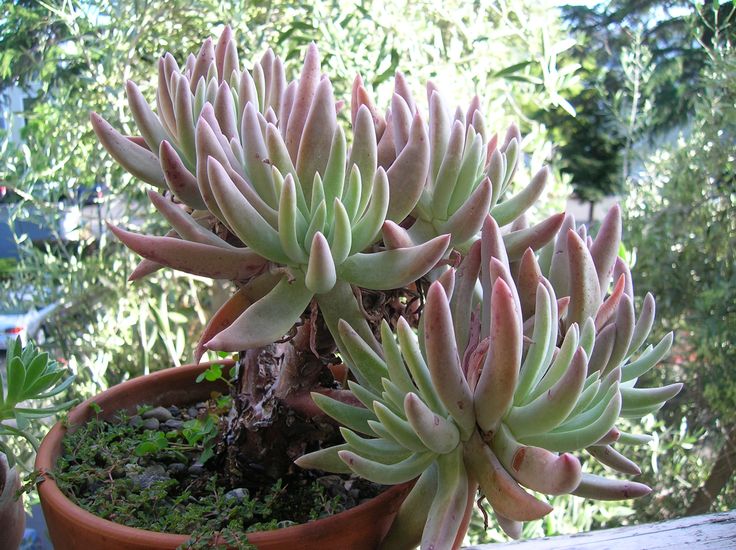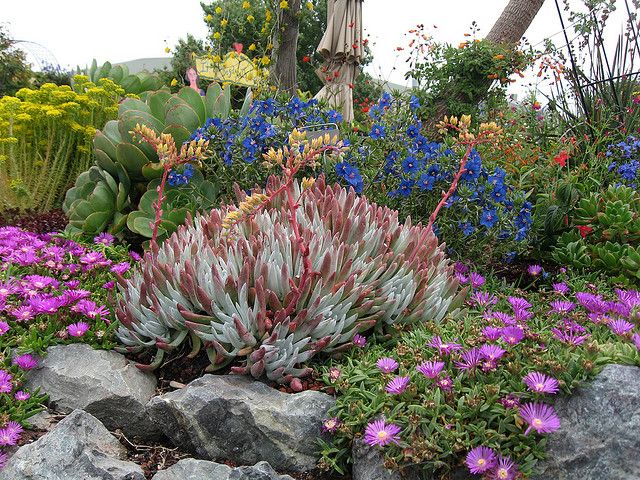Dudleya hassei

Dudleya hassei, commonly known as Catalina Island Liveforever, is a remarkable succulent plant endemic to the unique ecosystems of California's Channel Islands.
Celebrated for its distinctive rosettes, waxy leaves, and adaptation to the island's rugged conditions, this species holds both ecological and cultural significance.
In this comprehensive article, we will explore the botanical intricacies, habitat preferences, life cycle, ecological importance, conservation status, and care guidelines for Dudleya hassei.
Botanical Description
Catalina Island Liveforever is characterized by its compact rosettes of fleshy, spoon-shaped leaves, often covered in a waxy coating that helps reduce water loss.
The leaves range in color from bluish-green to gray-green, with occasional hints of pink or red along the leaf margins.
The rosettes grow close to the ground and may form dense clusters in favorable conditions. In late spring to early summer, Catalina Island Liveforever produces tall, slender stalks topped with clusters of small, star-shaped flowers in shades of white, pink, or yellow.
The flowers attract pollinators such as bees, butterflies, and hummingbirds, contributing to the diversity of island ecosystems.
Habitat and Distribution
Catalina Island Liveforever is endemic to Santa Catalina Island, one of the Channel Islands off the coast of Southern California.
Life Cycle and Phenology
As a perennial succulent, Dudleya hassei follows a relatively simple life cycle influenced by seasonal changes in temperature and moisture.
New rosettes emerge from the base of the plant in late winter to early spring, triggered by increasing daylight and temperatures. Flowering typically occurs from late spring to early summer, with peak bloom periods varying depending on local climatic conditions.
After flowering, the plant may produce offsets at the base, allowing it to spread and form colonies over time.
Catalina Island Liveforever is well adapted to the island's dry summers. It then goes through a period of dormancy to conserve water until cooler, wetter conditions return in the fall.
Ecological and Cultural Importance
Catalina Island Liveforever plays a crucial ecological role as a key species in the unique plant communities of Santa Catalina Island.
Moreover, Dudleya hassei holds cultural significance as an emblem of the island's natural splendor and biodiversity, cherished by residents and visitors.
It's often showcased in gardens and landscapes, enhancing local botanical collections.

Caring for Dudleya hassei
Sunlight
Plant Catalina Island Liveforever in a location that receives full sun to partial shade; as it requires abundant sunlight to thrive and develop its characteristic waxy coating.
Watering
During the growing season, provide moderate water, allowing soil to slightly dry between waterings to prevent root rot.
Avoid overwatering, particularly during summer dormancy.
Soil
Plant in well-drained, sandy or rocky soil with a neutral to slightly acidic pH.
Dudleya hassei is adapted to the island's rocky, coastal habitats and prefers soil with good drainage.
Mulching
Apply a thin layer of gravel or pebbles around the base of the plant to help retain moisture and suppress weeds.
Avoid covering the leaves with mulch, as this can trap moisture and lead to fungal diseases.
Pruning
Prune dead or damaged leaves as needed to maintain the health and appearance of the plant.
Remove spent flower stalks after flowering to encourage new growth and prevent self-seeding.
Follow these care guidelines to cultivate thriving Dudleya hassei plants, aiding in conserving this iconic species. Whether in pots, rock gardens, or coastal landscapes, its beauty captivates.
Leave a Reply
You must be logged in to post a comment.